Indian teas and many Indian sweets are incomplete without the flavorsome addition of cardamom, a spice that has an intense, slightly sweet flavor. It originated in India but is available worldwide today and used in both sweet and savory recipes. The seeds, oils and extracts of cardamom are thought to have impressive medicinal properties and have been used in traditional medicine for centuries. Cardamom is believed to be effective in treating digestive problems, respiratory disorders and even some types of cancer. It is also said to boost the immune system and improve circulation. If you’re looking for a natural way to improve your health, consider adding cardamom to your diet.
Cardamom has a long history of use in both cooking and medicine. Originally from the Middle East and Arabic regions, this spice has become increasingly popular in Western cuisine. Its strong, aromatic flavor makes it a versatile ingredient that can be used in sweet or savory dishes. Cardamom is also known for its medicinal properties, which include aiding digestion, relieving congestion, and reducing inflammation. If you're looking to add a little something extra to your next meal, consider giving cardamom a try.
Table of Contents
Types of Elaichi
Elaichi is available in three primary kinds and can be found in ground, seed, or pod form:
Green: The Elettaria cardamomum plant on which green cardamom (also known as true cardamom) pods grow is harvested early, which is why the green colour of the pods. While the husk is technically edible, it's the seeds within the pod that you want to reach for cooking because that's where the flowery, minty, and somewhat bitter flavours of cardamom are found. The pods are about the size of a peanut and have an elongated form and sage-green hue. (And sure, ground cardamom is made by grinding these seeds.)
Black
Due to its smokier flavour and larger, dark brown pods, black cardamom is more frequently employed in savoury foods. When black cardamom is specified in a recipe, the entire pod is often intended for use.
White
Green cardamom that has been bleached is known as white cardamom. The flavour is greatly diluted and mellowed by the bleaching procedure. White cardamom is actually green cardamom, thus it isn't really a variety.
Elaichi Pods vs. Ground Elaichi
Green elaichi seeds are ground to get ground cardamom. When adding cardamom to batters and baked goods, the spice is typically called for in ground form. Whole cardamom pods, on the other hand, are more frequently used to impart flavour by steeping the pods in liquid or sautéing them in oil. The pods are subsequently thrown away after a long enough infusing period.
Buy whole cardamom rather than ground cardamom and then grind it yourself if you don't want to use your ground cardamom right away (preferably within a month). Freshly ground cardamom is always preferred because the flavour of ground cardamom soon diminishes.
What does Elaichi taste like?
The flavour of cardamom is quite distinctive, rich, and recognised. It is slightly sweet yet spicy. If the ground form is used in excessive amounts, it may become overly bitter.
Culinary use of Elaichi
- Elaichi or cardamom is a common ingredient in curry meals, Kheer (Indian rice pudding), and chai, among other Indian and Indian-inspired foods. Cardamom is a component in Indian spice mixtures like garam masala.
- Elaichi also gives baked items like cookies, bread pudding, and even cheesecake a warm, rich flavour. Cardamom eventually travelled to Scandinavia, where it is now commonly used in baked products like Julekake and Finnish Pulla (a Norwegian Christmas bread).
- Try including it in soups or dry meat rubs for savoury uses. Another illustration of the versatile uses for cardamom sweet and sour flavour is seen in this recipe for cardamom maple salmon.
How to use Elaichi?
Consider starting with whole pods and making your own powder from the seeds when using cardamom in cooking. First, roast the pods in a skillet to prepare. This makes it simpler to open and enhances flavour. From this point, the seeds can be manually ground after being removed from the pods. Don't throw away the empty pods; you can use them to infuse tea or coffee.
- A variety of desserts, including rabdi, gulab jamun, gajar ka halwa, kheer, puddings, and many more, benefit from the particular flavour that cardamoms bring to the table.
- The reviving tea and coffee can be made with crushed cardamoms.
- A typical and essential component of garam masala, green cardamom gives a variety of pulaos, biryanis, curries, and several gravy preparations its deep flavour.
- Indian cuisine uses cardamoms as the foundation of a perfect full garam masala in both vegetarian and non-vegetarian dishes.
- Curry powder is frequently made using green cardamoms.
- In India, cardamom is frequently used to make paan as well.
- To add a special touch, green cardamom is used to flavour a variety of kebabs, biryanis, and fish dishes.
Elaichi Tea
Cardamom can be added to any tea, whether it is milk masala tea, green tea, or black tea. A tea enthusiast wouldn't want to skip it because it not only gives the tea flavour but also a refreshing lift. Simply put the tea pods in the tea and enjoy it whenever you like.
Flavourful dessert
Almost all Indian desserts, including phirni, malpua, rasmalai, gajar ka halwa, gulab jamun, and rabdi, contain a faint cardamom flavour. Add some cardamom to these delicious treats to lessen your guilt.
Perfect for savoury treats
Cardamom can be added to savoury foods like zafrani pulao, taheri, biryani, chicken and mutton curries, tandoori dishes, and curries. Cardamom gives the dish an appealing flavour and some health advantages.
Conclusion
Elaichi has a wide range of culinary uses, including seasoning fiery gravies and adding flavour and sweetness to puddings. It also has enormous promise for improving physical and mental health as well as for curing a number of diseases. It's not surprising that elaichi is known as the "Queen of Spices" in both ancient history and the time-honoured art of Ayurveda. Elaichi is currently the third most expensive spice in the world, behind saffron and vanilla, due to its extremely high demand.


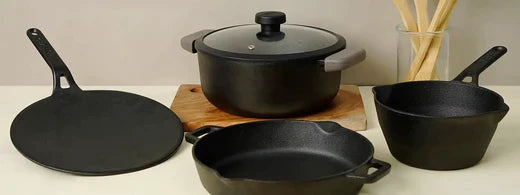
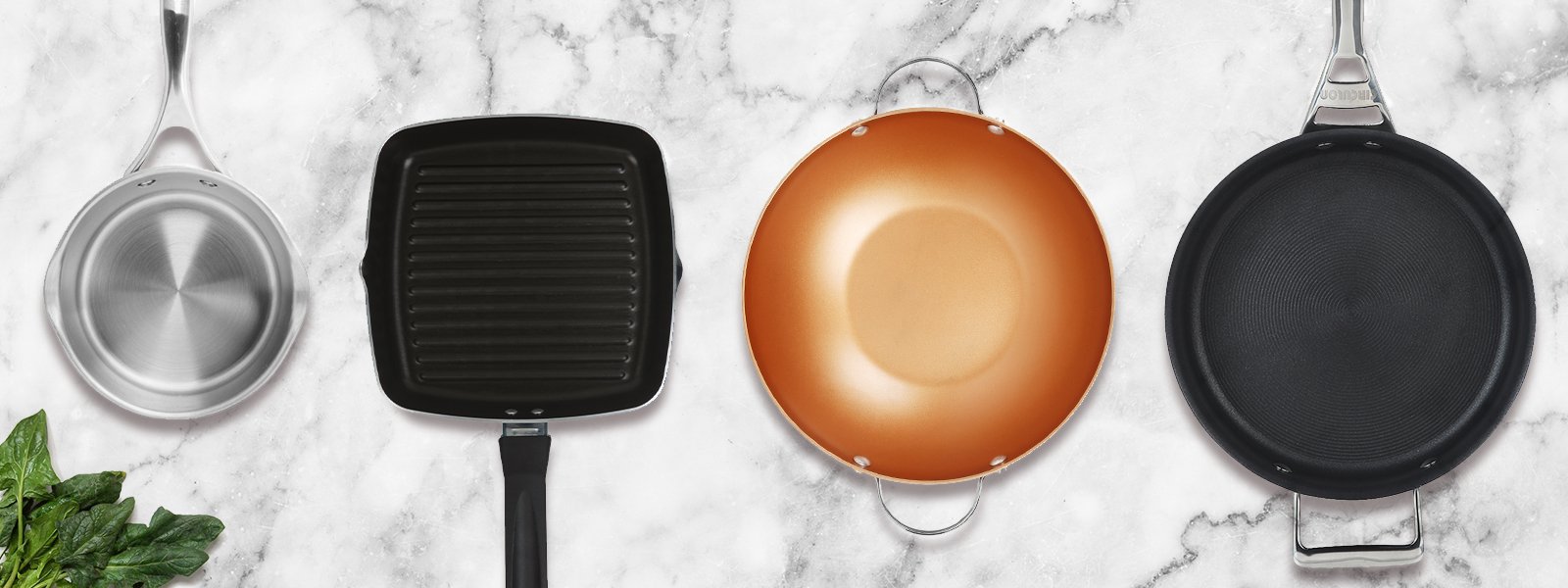
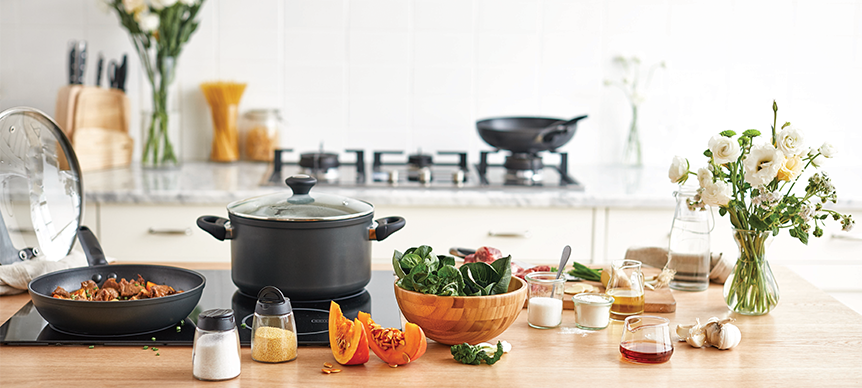
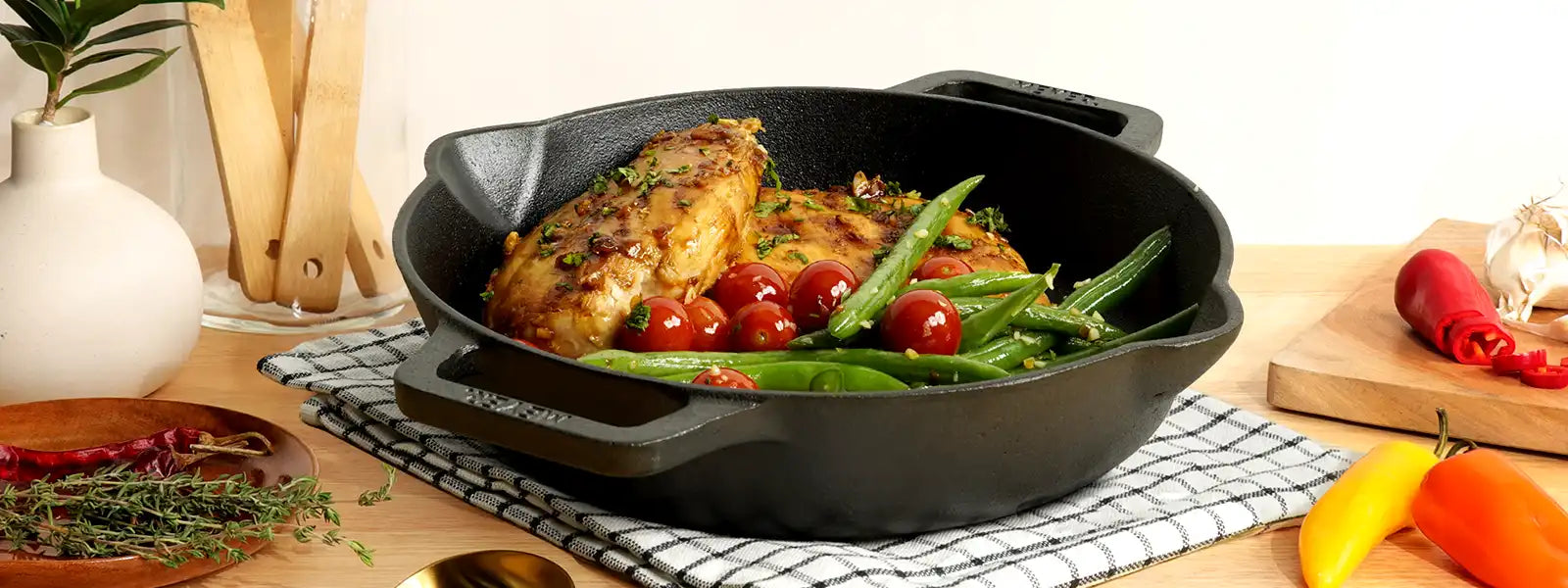
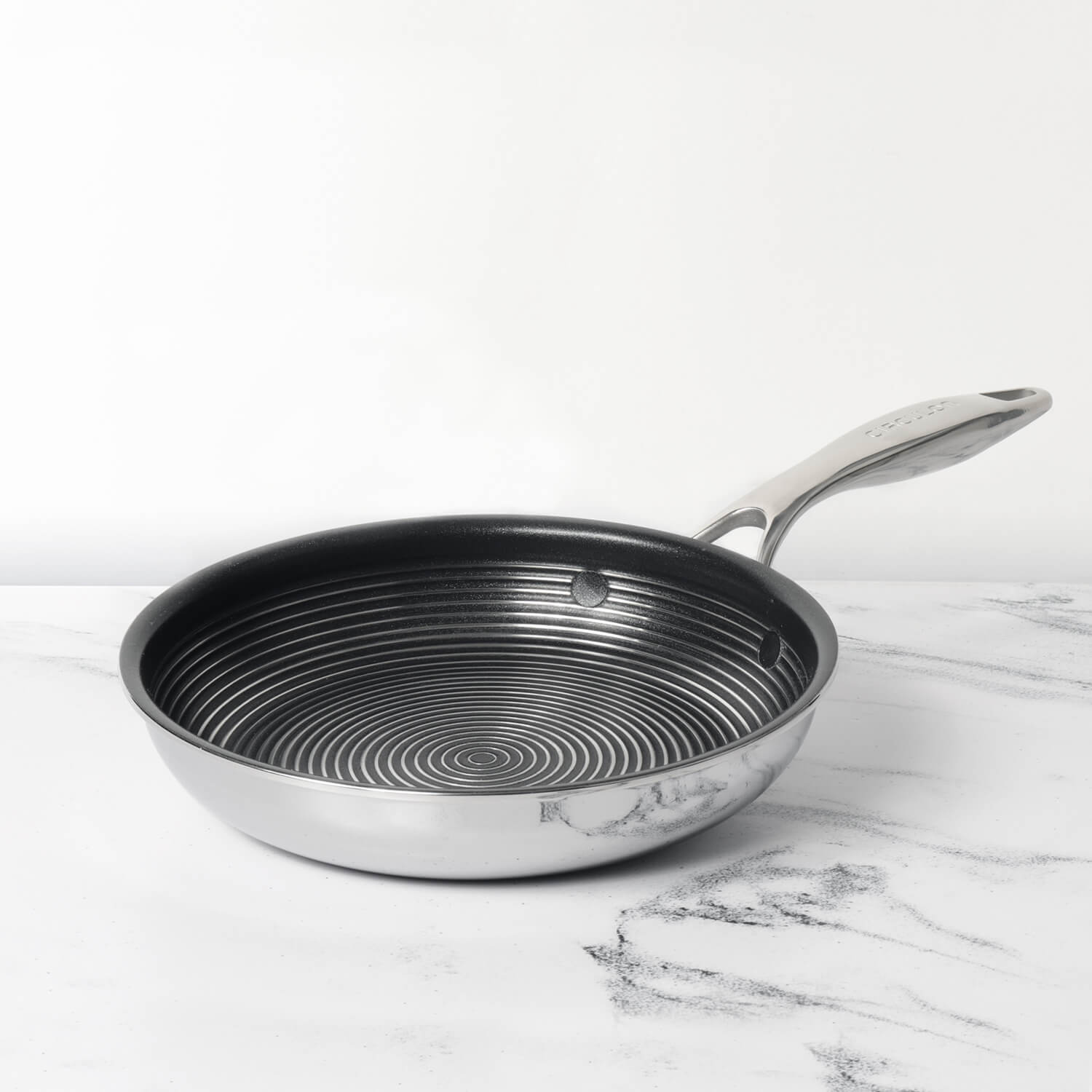





Leave a comment